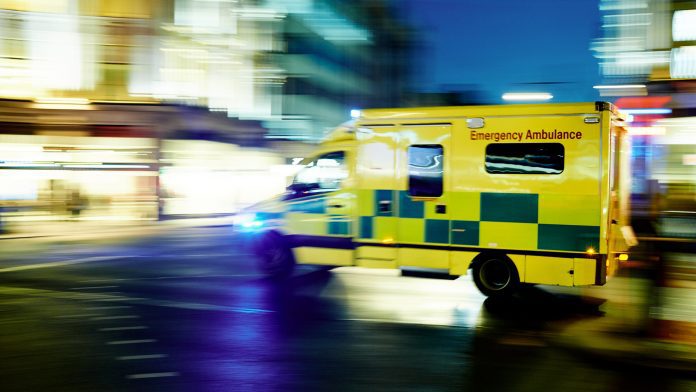
A new feasibility study will examine whether live streaming trauma scenes will help the NHS decide what help is needed.
Researchers, clinicians and patient public representatives from the University of Surrey, Southeast Coast Ambulance Service and Air Ambulance Charity Kent Surrey Sussex will collaborate to weigh-up whether live streaming trauma scenes may help decision making.
Following the allocation of funding from the National Institute for Health Research, the study will test the useability of GoodSAM for trauma scenes. GoodSAM provides 999 callers with the ability to share live videos from their mobile devices.
Will the general public live stream a trauma scene?
The study aims to establish how open the general public would be to using the technology and how accessible it is. It will also look to analyse how GoodSAM performs in different conditions and whether the technology causes any psychological harm to the callers or dispatches.
Cath Taylor, a Professor of Healthcare Workforce, Organisation and Well-being in the University of Surrey’s School of Health Services, said: “We need to learn if 999 callers are willing for their camera phones to be used and if emergency dispatchers find it useful. Using video has been a success in London when people have strokes or heart attacks, but will 999 callers be as willing to give access to their phone’s camera if they are with strangers at the side of a road? Or if there has been a stabbing or where they may feel in danger? What if the 4G coverage isn’t good in a remote area? We need to understand all these factors and it’s also really important that we understand if and how using video impacts the psychological wellbeing of people involved.”
A six-month study of GoodSAM technology
Over six months, a selection of calls to the Southeast Coast Ambulance Services NHS Foundation Trust from trauma scenes will use GoodSAM technology. A GoodSAM video link will be sent via text to the 999 callers, allowing the emergency services team to access the caller’s mobile phone camera. The device will not record any images.
Professor Julia Williams, Head of Research for SECAmb and Professor of Paramedic Science, stated: “This is an important trial and has been a long time coming. We all sense this is a good thing and that video imaging could make a difference in our patients’ care, but we don’t have actual evidence. This study will start to provide the all-important evidence base either way.”
The research will determine whether live streaming of trauma scenes will help emergency service teams to make informed decisions about treatment and care.
























